2557 results in Cambridge Textbooks
Differential Calculus and its Applications
- Coming soon
-
- Expected online publication date:
- November 2024
- Print publication:
- 01 October 2025
-
- Textbook
- Export citation
Hands-On Mathematical Optimization with Python
- Coming soon
-
- Expected online publication date:
- October 2024
- Print publication:
- 31 October 2024
-
- Textbook
- Export citation
An Introduction to Classical and Modal Logics
- The Outlines of Knowledge
- Coming soon
-
- Expected online publication date:
- August 2024
- Print publication:
- 31 August 2024
-
- Textbook
- Export citation
Channel Codes
- Classical and Modern
- Coming soon
-
- Expected online publication date:
- August 2024
- Print publication:
- 31 August 2024
-
- Textbook
- Export citation
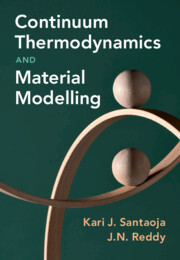
Continuum Thermodynamics and Material Modelling
- Coming soon
-
- Expected online publication date:
- June 2024
- Print publication:
- 30 June 2024
-
- Textbook
- Export citation

How to Think about Algorithms
- Coming soon
-
- Expected online publication date:
- June 2024
- Print publication:
- 07 March 2024
-
- Textbook
- Export citation
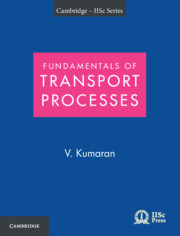
Fundamentals of Transport Processes with Applications
- Coming soon
-
- Expected online publication date:
- May 2024
- Print publication:
- 16 February 2023
-
- Textbook
- Export citation
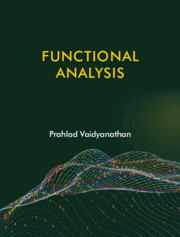
Functional Analysis
- Coming soon
-
- Expected online publication date:
- May 2024
- Print publication:
- 21 September 2023
-
- Textbook
- Export citation

Calculus
- Coming soon
-
- Expected online publication date:
- May 2024
- Print publication:
- 16 February 2023
-
- Textbook
- Export citation
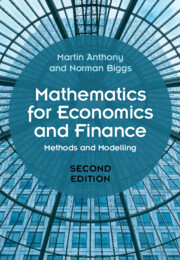
Mathematics for Economics and Finance
- Methods and Modelling
- Coming soon
-
- Expected online publication date:
- May 2024
- Print publication:
- 30 May 2024
-
- Textbook
- Export citation
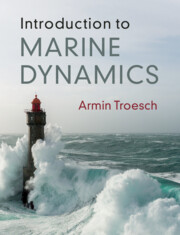
Introduction to Marine Dynamics
- Coming soon
-
- Expected online publication date:
- May 2024
- Print publication:
- 30 May 2024
-
- Textbook
- Export citation
16 - Retrospection and Outlook
-
- Book:
- Measurement in Fluid Mechanics
- Published online:
- 25 April 2024
- Print publication:
- 11 April 2024, pp 595-598
-
- Chapter
- Export citation
8 - Fluid Mechanical Apparatus and Experimental Practices
-
- Book:
- Measurement in Fluid Mechanics
- Published online:
- 25 April 2024
- Print publication:
- 11 April 2024, pp 296-344
-
- Chapter
- Export citation
1 - Flow Properties and Basic Principles
-
- Book:
- Measurement in Fluid Mechanics
- Published online:
- 25 April 2024
- Print publication:
- 11 April 2024, pp 3-30
-
- Chapter
- Export citation
2 - Measuring Systems
-
- Book:
- Measurement in Fluid Mechanics
- Published online:
- 25 April 2024
- Print publication:
- 11 April 2024, pp 31-95
-
- Chapter
- Export citation
10 - Measurement of Flow Rate
-
- Book:
- Measurement in Fluid Mechanics
- Published online:
- 25 April 2024
- Print publication:
- 11 April 2024, pp 381-396
-
- Chapter
- Export citation
6 - Measurement Uncertainty
-
- Book:
- Measurement in Fluid Mechanics
- Published online:
- 25 April 2024
- Print publication:
- 11 April 2024, pp 194-232
-
- Chapter
- Export citation
14 - Measurement of Temperature
-
- Book:
- Measurement in Fluid Mechanics
- Published online:
- 25 April 2024
- Print publication:
- 11 April 2024, pp 541-570
-
- Chapter
- Export citation
5 - Frequency Analysis of Signals
-
- Book:
- Measurement in Fluid Mechanics
- Published online:
- 25 April 2024
- Print publication:
- 11 April 2024, pp 168-193
-
- Chapter
- Export citation
Part II - Measurement Techniques
-
- Book:
- Measurement in Fluid Mechanics
- Published online:
- 25 April 2024
- Print publication:
- 11 April 2024, pp 345-346
-
- Chapter
- Export citation



